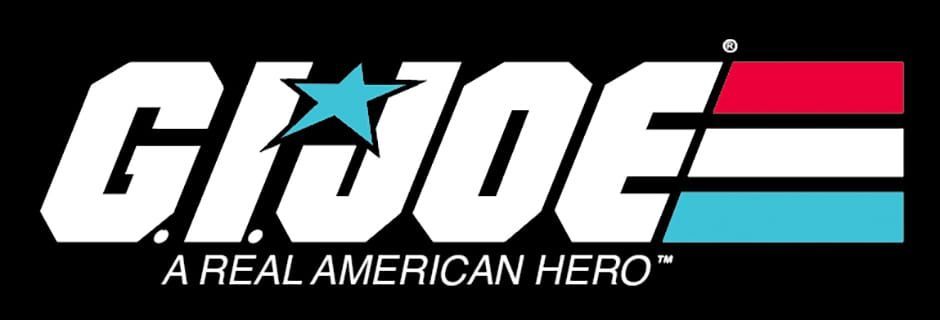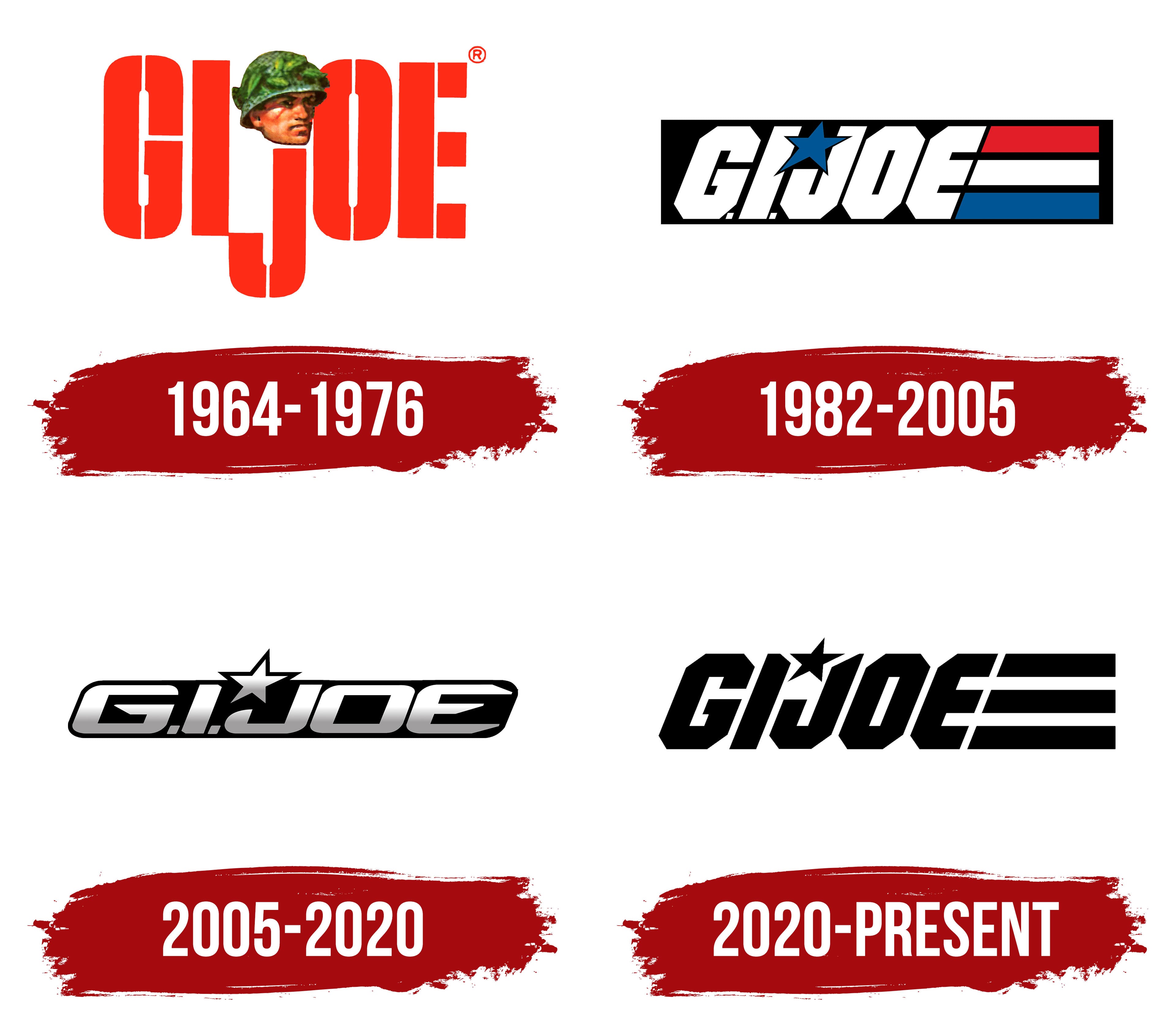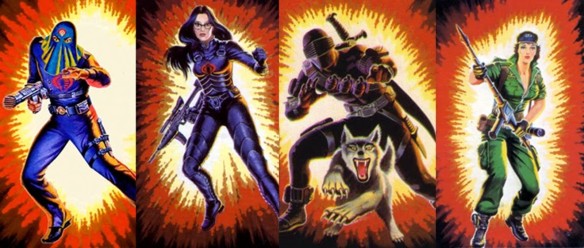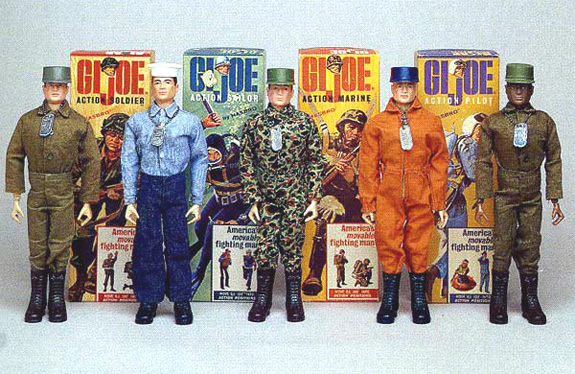Share this
G.I. Joe is a popular franchise that has been around for decades, capturing the hearts of both children and adults alike. It’s a franchise that has been adapted into various forms of media, from comic books to movies, and has a dedicated fan base. However, even the most dedicated fans may not know some of the lesser-known facts about the franchise.

Creation Process
G.I. Joe was created in the early 1960s by a team of designers at Hasbro led by Don Levine. The initial concept for the toy was inspired by the success of Barbie, a popular doll aimed at young girls. Levine believed that boys would also enjoy playing with a doll-like action figure, and set out to create a line of toys that would appeal to them.
The first G.I. Joe figures were released in 1964, and were designed to represent soldiers from different branches of the US military. The figures were highly detailed, with realistic uniforms and equipment, and were marketed as “America’s Movable Fighting Man”. The toys were an immediate success, and soon became one of the most popular toy lines in the world.

Evolution
Over the years, the GI Joe line has evolved to include a wide variety of characters, vehicles, and playsets. In the 1980s, Hasbro introduced a new line of GI Joe figures that were smaller, standing at 3.75 inches tall. This new line of figures was marketed as “A Real American Hero” and was accompanied by a cartoon series and comic book.
The popularity of the G.I. Joe line continued to grow throughout the 1980s and 1990s, with new figures and accessories being released on a regular basis. In the early 2000s, Hasbro introduced a new line of G.I. Joe figures that were larger than the 3.75-inch figures but smaller than the original 12-inch figures. These figures were marketed as “GI Joe vs. Cobra” and were accompanied by a new cartoon series and comic book.
Impact and Influence
G.I. Joe In Pop Culture
G.I. Joe has had a significant impact on pop culture since its inception in 1964. The franchise has been featured in various forms of media, including comics, television shows, and movies. The characters and storylines have become iconic, and many people who grew up with the franchise have fond memories of playing with the toys or watching the cartoon.
One of the most significant impacts that G.I. Joe has had on pop culture is its influence on the action figure industry. The franchise was one of the first to introduce action figures that were highly articulated and had a wide range of accessories. This innovation set a new standard for the toy industry and led to the creation of other successful franchises such as Star Wars and Transformers.

In Toy Industry
G.I. Joe’s influence on the toy industry can be seen in the way that action figures are designed and marketed today. The franchise was one of the first to focus on creating a wide range of characters with unique personalities and backstories. This approach helped to create a sense of attachment and loyalty among fans, which in turn led to increased sales.
Another way that G.I. Joe has influenced the toy industry is through its use of marketing and advertising. The franchise was one of the first to use television commercials and other forms of advertising to promote its products. This approach helped to create a sense of excitement and anticipation among fans, which in turn led to increased sales.
Overall, G.I. Joe has had a significant impact on pop culture and the toy industry. Its innovative approach to action figures and marketing helped to set a new standard for the industry and influenced the creation of other successful franchises.

GI Joe Little Known Facts
Fans of G.I. Joe are always searching for rare figures to add to their collection. Some of the rarest figures include the 1982 Straight Arm Cobra Commander, the 1983 Doc, and the 1984 Firefly. These figures were only available through mail-in offers, making them highly sought after by collectors. Other rare figures include the 1995 Sgt. Savage and his Screaming Eagles line, which was only available in Europe, and the 1997 Convention Exclusive Cobra Commander, which was limited to only 500 pieces.
Hasbro would have to find a way to copyright their product because the basic human form could not be exclusive. Hasbro would add a small scar under the right cheek of their figures to make them slightly unique enough to copyright.
The marketing team new that trying to sell a doll to boys would be impossible at the time. They would come up with the term action figure and trademark the phrase “Americas Movable Fighting Man!”
G.I. Joe was seeing huge success until the American intervention in Vietnam. The unpopularity of the war saw G.I. Joe fall out of favor and Hasbro would have to pivot and evolve. Joe’s would shift from a military background to that of a wilderness survival and adventure team.


